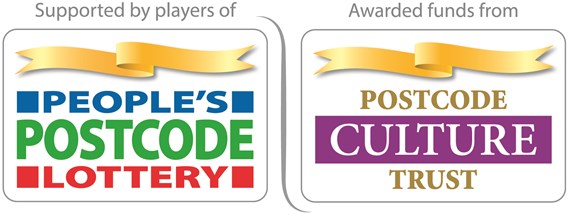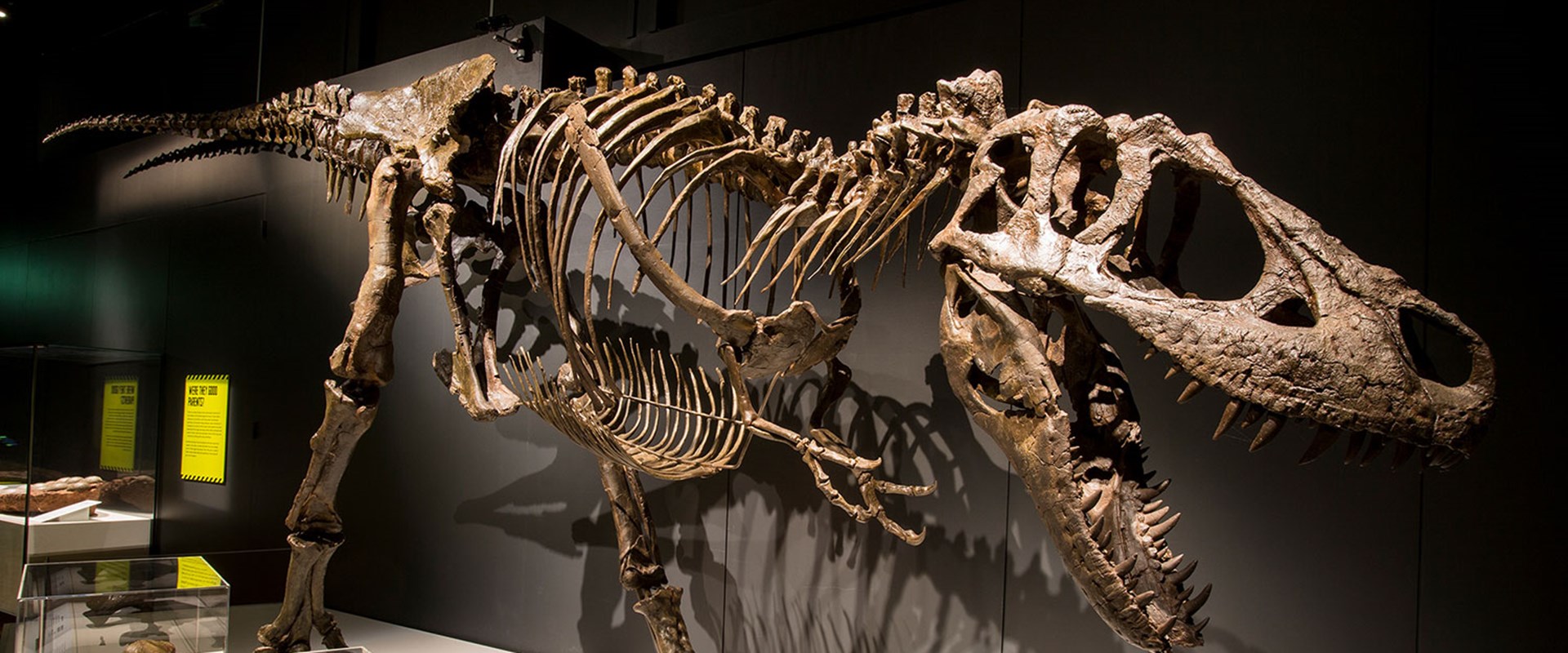Only European Dates for Tyrannosaurs Exhibition
Tyrannosaurs
23 January to 4 May 2020
National Museum of Scotland, Chambers Street, Edinburgh
nms.ac.uk/tyrannosaurs #Tyrannosaurs
The most comprehensive exhibition ever mounted on tyrannosaurs will make its only European appearance when it opens at the National Museum of Scotland in Edinburgh on 23 January 2020. Tyrannosaurs will explore the most feared and revered of all dinosaurs, bringing the latest palaeontological discoveries to life and challenging preconceptions about these ferocious predators.
The exhibition will feature rare fossil specimens, cast skeletons including one of ‘Scotty’, one of the largest and most complete T. rex skeletons in the world, and incredible models of feathered dinosaurs.
Scotty was discovered in Saskatchewan, Canada in 1991. The specimen was named by the excavation crew from the Royal Saskatchewan Museum after they had made a toast with malt whisky whilst deliberating over what to call it.
The first partial T. rex skeleton was discovered in Wyoming in 1902, and the exhibition will feature real fossil bones from one of the earliest known specimens. The field continues to yield fascinating new discoveries into the 21st century.
While the most famous of the species is the mighty T. rex, tyrannosaurs came in all shapes and sizes and from many parts of the world. Their history extends over 100 million years and includes at least 25 different species. These species lived in different habitats, at different times and evolved to fill different ecological niches. The exhibition allows visitors to investigate the tyrannosaur family in detail. Presenting specimens, casts, models and interactives, it explores the evolution of tyrannosaurs, revealing how natural selection, continental drift and climate change facilitated their transformation from carnivores little bigger than ourselves to the massive predators they had become.
Tyrannosaur research is one of the hottest areas in palaeontology - several species have been described in just the past decade - and exciting new discoveries are regularly re-drawing the family tree. The exhibition will include detail of two species discovered in China in the last decade, Dilong and Guanlong, which date to nearly 100 million years before T.rex.
Dr Nick Fraser, Keeper of Natural Science at National Museums Scotland said:
“For any of us who are fascinated by dinosaurs, T. rex is surely the most recognisable, whether in popular culture or on the front of your first dinosaur book or poster as a kid. I think there is a real sense of wonder that such a seemingly fantastic animal actually walked the earth. Tyrannosaurs will show visitors not only the mighty scale of T. rex, but also their fascinating family tree, including early Asian feathered tyrannosaurs which are some of the most exciting recent discoveries in dinosaur palaeontology.”
Director and CEO, Australian Museum, Kim McKay, AO, said that the public’s fascination with dinosaurs has never waned and the fossils in the exhibition are the building blocks of everything we know about these awe-inspiring creatures.
Ms McKay said:
“The Tyrannosaurs exhibition will not only take visitors on a remarkable journey to our earth’s ancient past, but will also provide a real sense of scientific enquiry and discovery from the latest breakthroughs and research programs.”
Visitors will be able to explore the diversity of tyrannosaur skulls and find out what variations in structure can tell us about different hunting and feeding strategies.
Tyrannosaurs, which is supported by players of People’s Postcode Lottery, uses cutting-edge technology, includes hands-on and multimedia experiences that will engage and excite children and adults alike. These will include digital screens featuring computer animated creatures and layered content, a large scale, multi-touch and multiplayer family tree gaming table and an interactive augmented reality experience where visitors can play with life-sized dinosaurs in the gallery.
This will be the only European outing for the exhibition, created by the Australian Museum and toured internationally by Flying Fish. It has already been shown in Australia, New Zealand, Canada and the USA. Before touring internationally, the exhibition was brought up to date with exciting recent tyrannosaur discoveries including the oldest feathery relatives of T. rex.
Despite their final demise during one of Earth’s biggest mass extinction events, tyrannosaurs live on both in popular imagination and even through their present-day bird cousins.
Stephanie Kerr from the People’s Postcode Lottery said
“We are very excited to be supporting this exhibition which promises to be a spectacular, surprising, informative and hugely interactive experience for visitors of all ages.”
The exhibition runs until 4 May 2020.



Further information and images from Bruce Blacklaw, Press Office, National Museums Scotland on 0131 247 4165 or email b.blacklaw@nms.ac.uk

